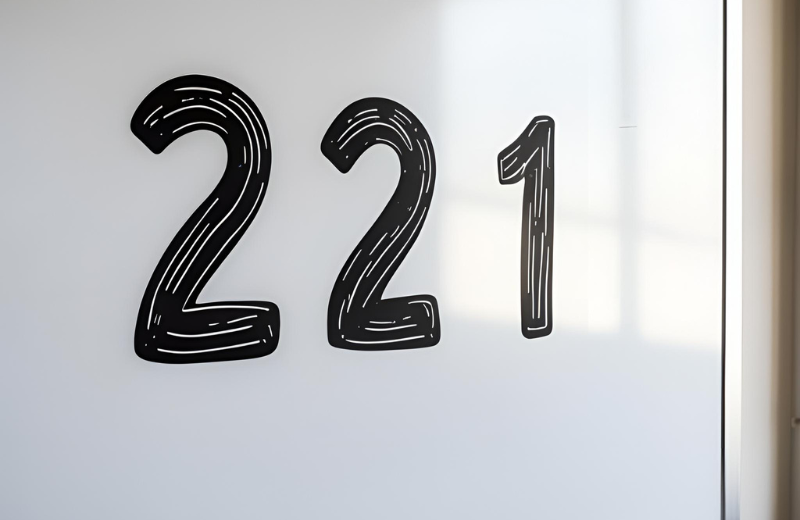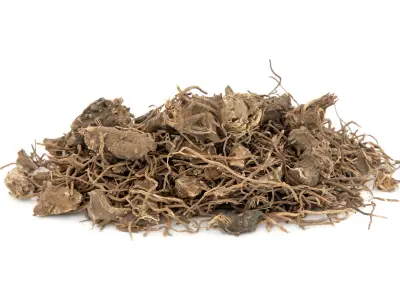As you bring your story to life, you might find that the main plot alone doesn’t quite capture everything you want to say. That’s where subplots come in: those subtle, intertwining threads that add richness, emotional depth, and complexity to a narrative.
Understanding subplots can deepen your storytelling skills and make your writing truly memorable. Let’s explore what a subplot is, along with tips on creating one that’s purposeful, well-timed, and woven seamlessly into your story.
Jump to:
Recommended for you!
Best SellersWhat is a Subplot?
A subplot is a secondary storyline that runs alongside your main plot while still contributing to the story’s emotional or thematic impact.
These storylines often involve side characters, secondary conflicts, or smaller-scale dilemmas. It might be a romantic development, a mystery unfolding in the background, or a personal struggle of a supporting character. The key is that it connects, directly or symbolically, to the main storyline.
Subplot Examples in Popular Fiction

The Hunger Games by Suzanne Collins
The main plot centres on Katniss Everdeen’s fight for survival in the deadly arena. A key subplot is the developing romantic tension between Katniss and Peeta.
While the main storyline focuses on the physical and political challenges of the Games, the subplot explores trust, vulnerability, and emotional conflict. This secondary thread adds depth to the characters and raises the emotional stakes, especially as the relationship becomes entangled with public perception and strategy.
Harry Potter and the Prisoner of Azkaban by J.K. Rowling
The main plot centres on Harry learning the truth about Sirius Black, a supposed traitor and escaped convict believed to be after him. A key subplot is Hermione’s use of the Time-Turner, a magical device that allows her to attend multiple classes at once.
While it initially seems like a quirky detail, this subplot gradually builds until it plays a vital role in the climax. It explores themes of pressure, responsibility, and secrecy, while also setting up a pivotal plot twist. The subplot adds an extra layer of intrigue and ultimately connects back to the main storyline in a meaningful and surprising way.
Why Do Authors Use Subplots?

Subplots serve many purposes in fiction, and when used well, they can elevate a story from good to unforgettable. Subplots can:
- Show different sides of the main character. For example, in a mystery novel, the main plot might focus on catching the killer, while a subplot exploring the detective’s strained relationship with their family shows vulnerability and emotional complexity.
- Explore secondary characters in more depth. In Pride and Prejudice, Charlotte Lucas’s marriage reflects the social pressures women face and provides a foil to Elizabeth’s own views on love and security.
- Heighten tension or emotional impact. A love triangle, a hidden betrayal, or a health crisis in the family can all increase suspense, deepen reader investment, and make the story more immersive.
- Reinforce themes from the main plot. For example, in Les Misérables, while Jean Valjean seeks redemption through compassion and sacrifice, Inspector Javert’s subplot mirrors this journey but takes a different path.
Tips For Writing a Subplot That Works

1. Use the 2 2 1 Structure
If you're wondering how many story threads your novel should include, the 2 2 1 structure offers a helpful guideline.
The numbers stand for:
- 2 subplots
- 2 character arcs
- 1 main plot
This structure encourages you to develop a central narrative that drives the story forward, while also weaving in two meaningful subplots that explore additional themes, deepen emotional stakes, or follow secondary characters. The inclusion of two character arcs, usually for your protagonist and a key supporting character, adds dimension and contrast to your story’s emotional journey.
Example in Action: The Hunger Games
- Main plot: Katniss must survive the Hunger Games.
- Subplot 1: Her complicated romance with Peeta, blending strategy with genuine feeling.
- Subplot 2: The growing political unrest and symbolism surrounding her defiance.
- Character arc 1: Katniss evolves from survivor to reluctant symbol of rebellion.
- Character arc 2: Peeta’s shift from passive ally to emotionally grounded equal.
Each thread serves a purpose, but they don’t all demand equal weight. The main plot remains the core, while the subplots and character arcs orbit around it, enriching the reader’s experience.
2. Know When to Introduce a Subplot
The best time to introduce a subplot is after your reader is grounded in the main plot. Often, subplots emerge in the second act, when the stakes rise and your characters are fully in motion.
For example, in The Great Gatsby, Nick starts a hesitant romantic relationship with Jordan Baker early in the novel. Their flirtation, introduced casually through shared scenes and clever dialogue, becomes a subplot that reflects the novel’s themes of superficiality, dishonesty, and moral ambiguity.
3. Follow a Clear Structure
A good subplot should feel like a complete story in its own right. To make it meaningful, follow a simple four-part structure:
- Introduction: Introduce the subplot once the main plot is established, often in the first third of the book.
- Development: Let the subplot grow and evolve, often alongside the main storyline.
- Climax: Bring the subplot to a peak. This might be a moment of emotional conflict, revelation, or decision.
- Resolution: Resolve the subplot just before or after the main plot’s climax. This keeps your pacing tight and your story neatly tied together.
4. Make Every Subplot Count
If you’re wondering how to create a good subplot, start with purpose. Here’s how:
- Make it relevant: The subplot should tie into the main plot or theme.
- Develop characters: Subplots are a great space to explore secondary characters or reveal another side of your protagonist.
- Keep it in proportion: A subplot should support, not distract. Make sure it doesn’t take up more space than your main narrative can handle.
- Give it its own story arc: Even a short subplot needs a beginning, middle, and end.
5. Keep Track of Multiple Subplots
Juggling more than one subplot can get tricky, but with the right tools, it becomes much easier to manage. Here’s how to stay on top of them:
- Create a subplot tracker: Use a spreadsheet or table with columns for each subplot and rows for each chapter or scene. Note when each subplot appears, what developments occur, and how it links to the main plot.
- Colour-code your outline: Assign each subplot a different colour and highlight relevant scenes in your outline or manuscript. This gives you a visual snapshot of how evenly your subplots are spread across the story.
- Check for long gaps: If a subplot vanishes for several chapters, add a brief moment, even a single line of dialogue or reflection, to keep it alive in the reader’s mind.
- Write brief subplot summaries: After your first draft, write 1–2 sentence summaries of each subplot’s arc. This helps you spot plot holes, pacing issues, or unresolved threads.
- Use index cards or sticky notes: For a hands-on method, write each subplot scene on a card and lay them out chronologically. This lets you physically move scenes around to find a better balance.
6. Stick to the Unofficial “Rules”
While storytelling is flexible, a few tried-and-tested guidelines will help your subplot work:
- Connect it to your main plot
- Maintain tone and style
- Avoid overcrowding your narrative
- Resolve every subplot
Recommended for you!
Best SellersFrequently Asked Questions About Subplots
Do all subplots need to be resolved?
Subplots should have a clear resolution, even if it’s subtle. Unresolved subplots can leave readers feeling unsatisfied or confused. A resolution doesn’t always mean a happy ending, just a sense of closure or transformation.
Can a subplot become the main plot in a sequel?
A subplot that feels complete but still holds potential can be expanded in a sequel or spin-off. This is often how series deepen their scope and continue engaging readers over time.
How long should a subplot be?
A subplot should feel proportionate to your main story. It needs enough time to develop, climax, and resolve; typically across several chapters that are spaced throughout the narrative. Think of it as a thread that weaves in and out of your main plot rather than appearing in one concentrated block.
What’s the difference between a subplot and a theme?
A theme is an idea or message that runs through your story (like forgiveness or ambition). A subplot is a secondary storyline. Subplots often explore or challenge the main theme by allowing different characters to interact with it in their own way, offering alternative perspectives or outcomes that either reinforce or question what the story is saying.
Can the main character have more than one subplot?
A protagonist might face both a family conflict and a romantic entanglement. Just ensure each subplot develops clearly and doesn’t overwhelm the main arc.
Do I need to include a subplot?
Some stories, especially short fiction or tightly focused narratives, work perfectly well with a single, strong plot. However, in most novels, a subplot adds depth, variety, and realism. It helps explore different sides of your characters, reinforces themes, and keeps the pacing dynamic. If your story feels flat or overly linear, a well-placed subplot can enrich it, but if your main plot already feels complete and emotionally satisfying, you may not need one.
Study Our Novel Writing Diploma for £29
If you’re ready to take your storytelling further and master the art of weaving compelling subplots into your novel, the Novel Writing Diploma Course at Centre of Excellence is the perfect next step. The course is designed for writers of all levels and covers every stage of writing a novel, from initial idea to final polish. For a limited time, you can enrol for a discounted price of £29!













